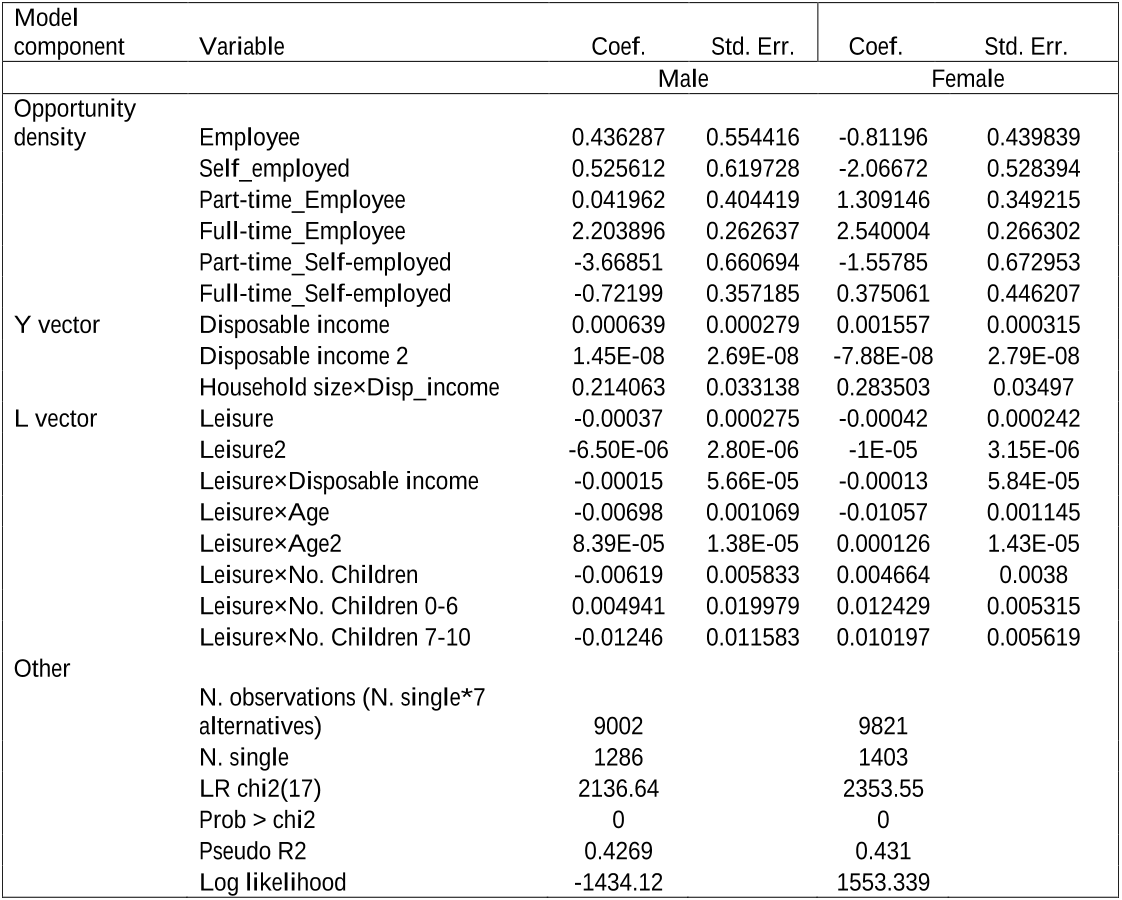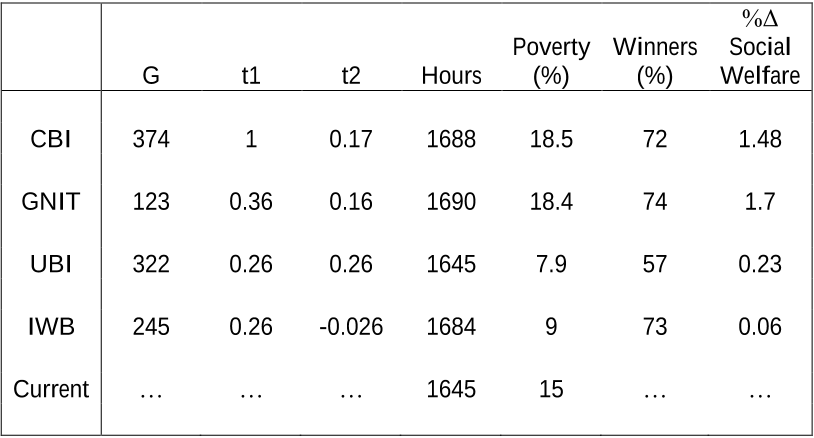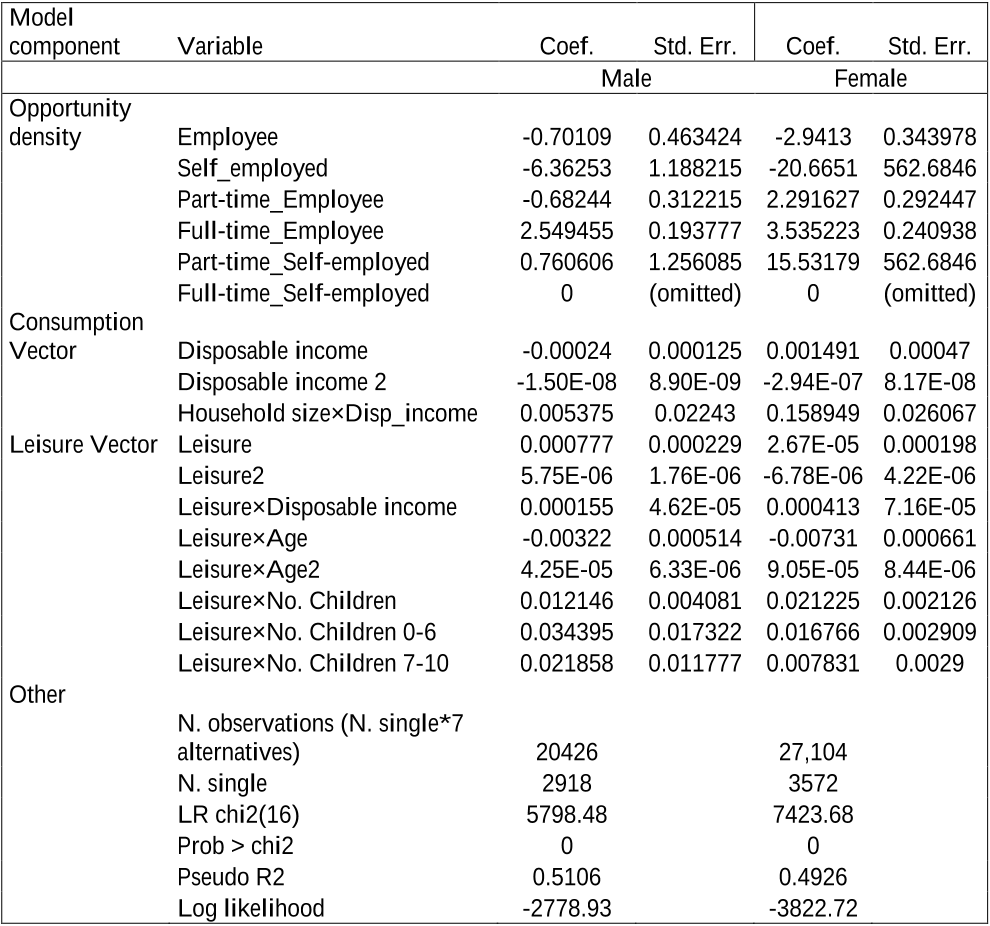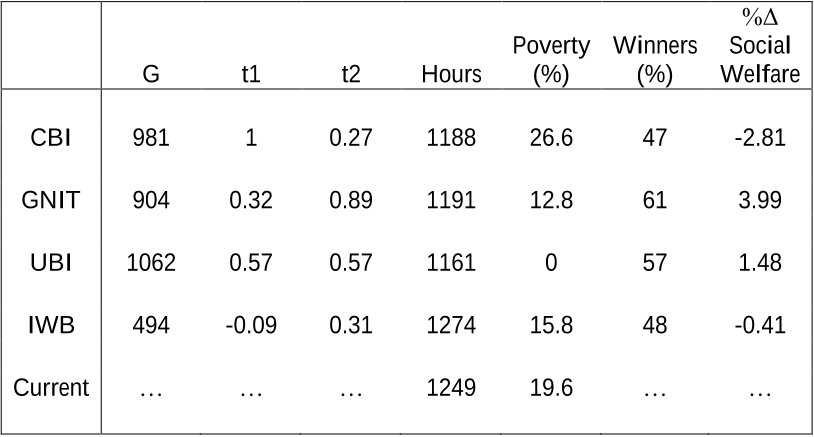Q1. What are the contributions in "The case for nit+ft in europe. an empirical optimal taxation exercise" ?
The authors present an exercise in empirical optimal taxation for European countries from three areas: Southern, Central and Northern Europe.
Did you find this useful? Give us your feedback















21 citations
14 citations
9 citations
1 citations
1 citations
...For instance, Islam & Colombino (2018), Aaberge and Colombino (2013) and many others adopt a procedure that consists of using a common utility function as an argument of the social welfare function following Deaton and Muelbauer (1980) approach18....
[...]
...Islam & Colombino (2018)....
[...]
710 citations
...We choose Kolm ( 1976) Social Welfare index, which can be defined as: ( ){ }i i exp1 ln N k W k µ µ µ − − = − ∑ (8) where 1 is an index of Efficiencyi iN µ µ= ∑ , ( ){ }i i exp1 ln Kolm Inequality Index, N k k µ µ − − = ∑ Inequality Aversion parameter,k = µi = comparable money-metric…...
[...]
697 citations
659 citations
...The tax-reform literature typically represents GNIT with 14 A recent contribution (Kroft et al. 2017) that adopts the “sufficient statistics” approach (Chetty, 2009) and generalises Saez (2002) also finds an optimal design which is closer to NIT than to IWB....
[...]
...Saez (2002) presents a (discrete choice) model that includes extensive responses but introduce very special restrictive assumptions on intensive responses....
[...]
...UBI and other member of the NIT class have been analysed with theoretical models (e.g. Besley 1990, Saez 2002, FittzRoy and Jin 2015), with microsimulation models (e.g. Scutella 2004, Horstschräer et al. 2010, Clavet et al. 2013, Jensen et al. 5 2014, Colombino 2015b, and Sommer 2016) and with…...
[...]
...…Optimal Taxation (TOT) approach that consists of computing optimal policies using theoretical formulas with imputed or calibrated parameters, as many authors have done, e.g. using the theoretical results of Mirrlees (1971) or the more recent ones such as Diamond (1998) and Saez (2001, 2002)....
[...]
...This procedure is more flexible than the empirical applications of the TOT provided for example by Mirrlees (1971) or Saez (2001, 2002)....
[...]
650 citations
596 citations